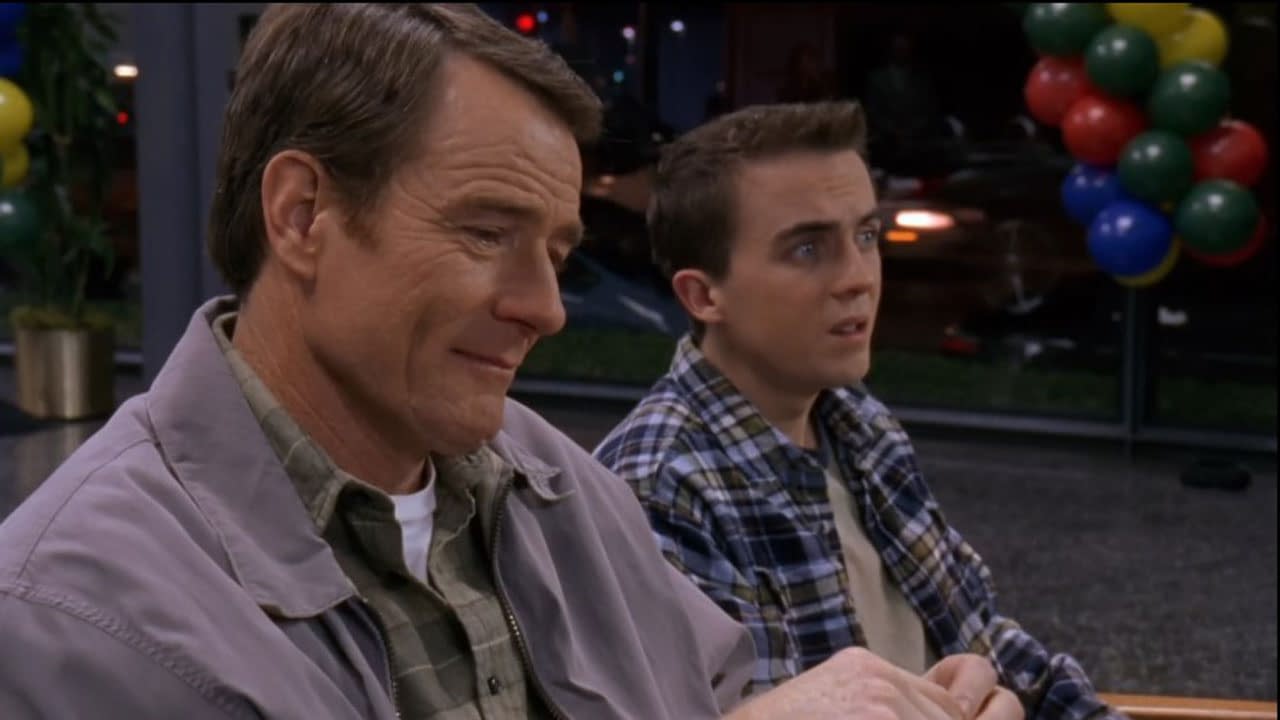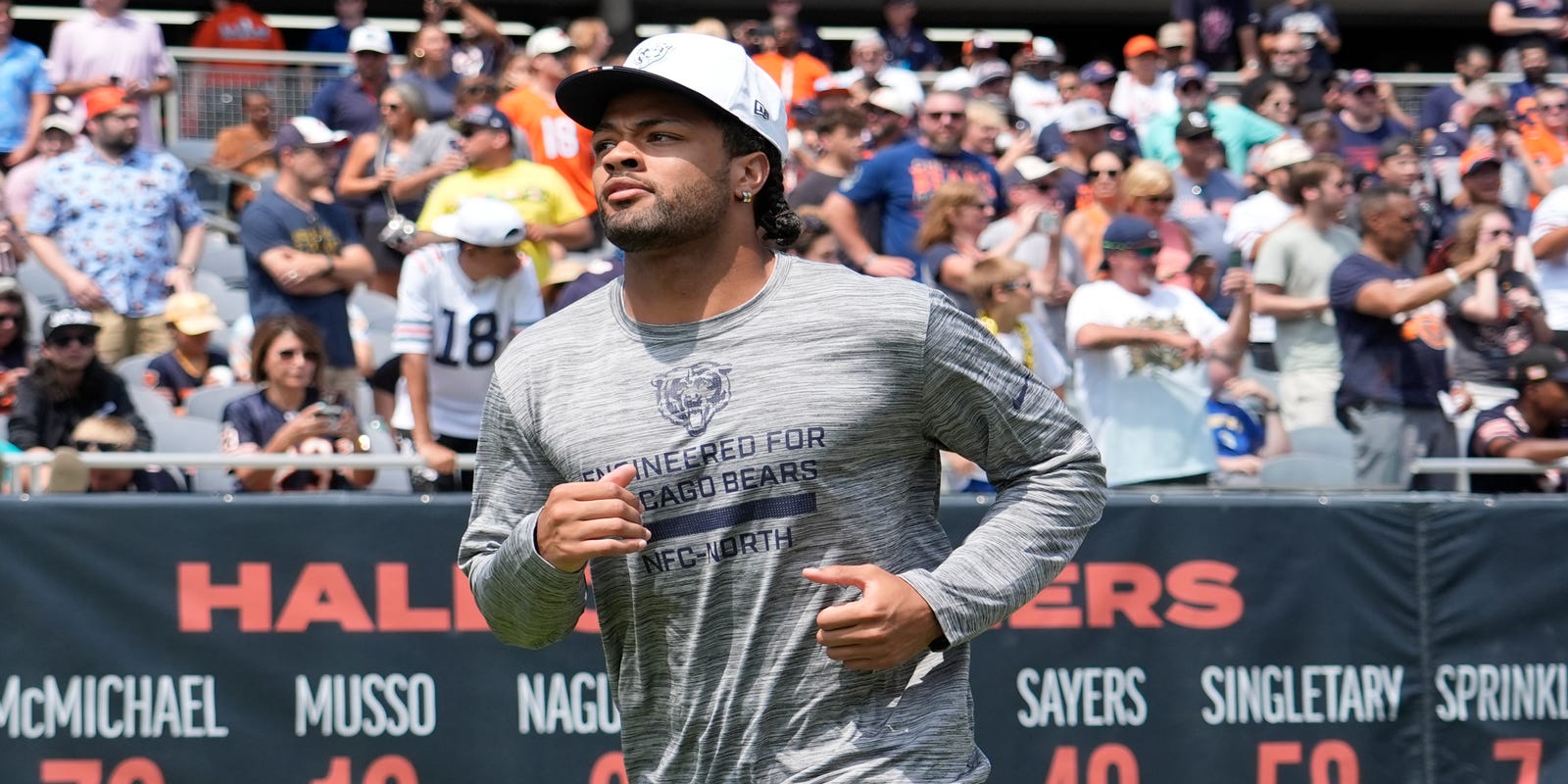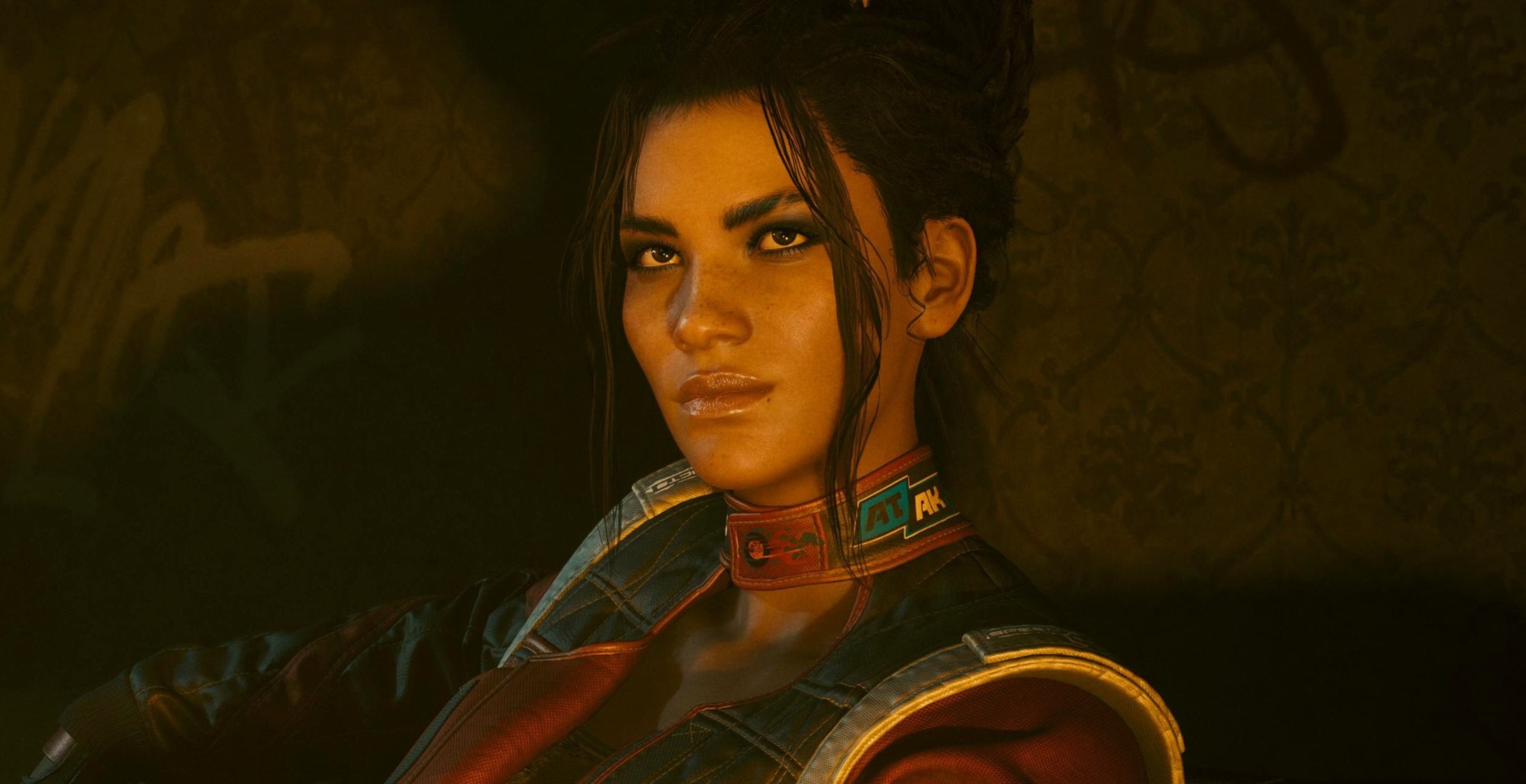:max_bytes(150000):strip_icc():focal(734x319:736x321)/Brian-Cranston-Frankie-Munez-01-102522-b0c969d485d84c3db5cdd7b0fb966062.jpg)
Introduction:
The beloved sitcom, “Malcolm in the Middle,” is set to make a comeback on Disney+ with the original star, Frankie Muniz, reprising his iconic role. The news has sparked excitement among fans, but it also raises questions about the complexities of reviving a classic show. This article examines the various perspectives, data points, and real-life examples surrounding the “Malcolm in the Middle” revival.
The revival is banking on the nostalgia factor, which plays a significant role in the success of reboots. Many fans grew up watching the show and have fond memories of its sharp humor and relatable characters. However, nostalgia can also be a double-edged sword. Some viewers may be hesitant to change the original, while others may welcome the opportunity to revisit their favorite characters in a new context.
A recent survey conducted by the streaming service Hulu found that 75% of respondents are interested in watching reboots of their favorite childhood shows. This suggests that there is a strong audience demand for revivals, including “Malcolm in the Middle.”
Reviving a beloved show like “Malcolm in the Middle” presents creative challenges. The writers and producers must navigate the balance between staying true to the original concept and updating it for a contemporary audience. They need to find ways to maintain the core themes and characters while infusing new elements to avoid repetition.
Furthermore, the cast members have aged and their characters will have evolved. Frankie Muniz, who was 13 when he played Malcolm, is now 36. It remains to be seen how the show will handle the passage of time and whether the characters will still resonate with viewers.
Critics have expressed mixed views on the “Malcolm in the Middle” revival. Some argue that the show was a product of its time and that a reboot will not have the same impact as the original. They worry that the revival might tarnish the legacy of the series.
On the other hand, other critics believe that a well-executed revival can introduce the show to a new generation of viewers and explore contemporary issues through the lens of beloved characters. They argue that the original show’s timeless themes and humor still have relevance today.
The “Malcolm in the Middle” revival is part of a broader trend of rebooting popular shows. In recent years, we have seen the return of “Will & Grace,” “Gilmore Girls,” and “Roseanne,” among others. This trend indicates that studios are banking on the power of nostalgia and the potential profitability of revisiting familiar franchises.
However, it is important to note that not all reboots are successful. According to a study by the University of Southern California, only about 30% of reboots are well-received by both critics and audiences. This suggests that there is a delicate balance that must be struck when reviving a classic show.
The “Malcolm in the Middle” revival is a complex undertaking that presents both opportunities and challenges. While the show’s nostalgia factor and beloved characters may attract viewers, the producers must navigate the creative challenges of updating the concept and handling the passage of time. Audience reception will ultimately determine the success of the revival, but the industry trend of rebooting popular shows suggests that there is a market for it.
Whether the “Malcolm in the Middle” revival becomes another successful reboot or a disappointing misstep remains to be seen. However, the discussions surrounding the show’s revival highlight the complexities involved in bringing back a classic and the importance of striking the right balance between nostalgia and innovation.



